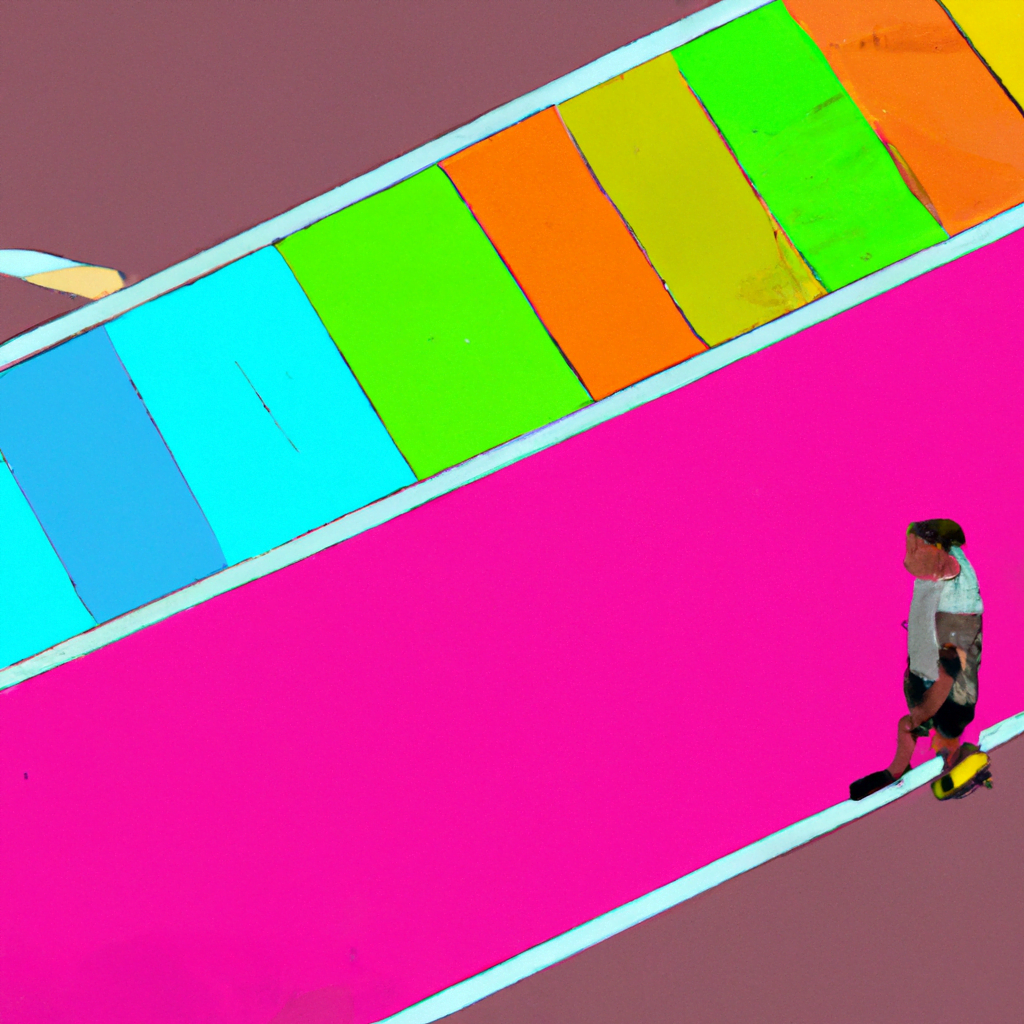
Exploring Minimalism in Illustration

Minimalism is a design philosophy that has gained significant popularity in recent years. It is characterized by simplicity, clarity, and a focus on essential elements. This approach has found its way into various art forms, including illustration. In this article, we will delve into the world of minimalism in illustration, exploring its origins, key principles, and the impact it has had on the industry.
The Origins of Minimalism in Illustration
Minimalism as an artistic movement emerged in the 1960s, primarily in the field of visual arts. Artists such as Donald Judd, Dan Flavin, and Agnes Martin embraced the concept of reducing art to its essential elements. This movement aimed to strip away unnecessary details and focus on the core message or idea.
In illustration, minimalism began to gain traction in the late 20th century. Artists like Saul Bass and Milton Glaser pioneered the use of simple, iconic imagery to convey complex ideas. Their work in film posters and graphic design showcased the power of minimalism in capturing attention and communicating effectively.
The Key Principles of Minimalism in Illustration
Minimalism in illustration is guided by several key principles that help artists create impactful and visually appealing work. These principles include:
- Simplicity: Minimalist illustrations often feature clean lines, basic shapes, and a limited color palette. By removing unnecessary details, artists can focus on the core message and create a visually striking image.
- Whitespace: The use of whitespace, or negative space, is crucial in minimalist illustration. It helps create a sense of balance, allows the viewer’s eye to rest, and emphasizes the main subject.
- Symbolism: Minimalist illustrations often rely on symbols and metaphors to convey meaning. By using simple and recognizable imagery, artists can communicate complex ideas in a concise and accessible way.
- Typography: Minimalist illustrations often incorporate typography as a design element. Clean and minimalistic fonts are used to complement the overall aesthetic and enhance the message.
The Impact of Minimalism in Illustration
Minimalism has had a profound impact on the illustration industry, influencing both traditional and digital mediums. Here are some ways in which minimalism has shaped the field:
1. Branding and Advertising
Minimalist illustrations have become a popular choice for branding and advertising campaigns. Companies recognize the power of simplicity in capturing attention and conveying their brand message effectively. Logos like Nike’s iconic swoosh and Apple’s bitten apple are prime examples of minimalist design that have become instantly recognizable.
2. User Interface Design
Minimalism has also made its mark in user interface (UI) design. In the digital realm, minimalistic illustrations are often used to create intuitive and user-friendly interfaces. By reducing visual clutter and focusing on essential elements, designers can enhance the user experience and guide users through the interface seamlessly.
3. Editorial Illustration
Minimalism has found its way into editorial illustration, where artists use simple and impactful imagery to accompany articles and stories. By distilling complex ideas into visually striking illustrations, artists can engage readers and enhance their understanding of the content.
Case Studies: Minimalism in Illustration
Let’s explore a few case studies that highlight the effectiveness of minimalism in illustration:
1. The New Yorker Magazine
The New Yorker is known for its iconic covers, many of which feature minimalist illustrations. These covers often use simple imagery and bold colors to capture the essence of a story or convey a social or political message. The minimalist approach allows the covers to stand out and grab the reader’s attention.
2. Google Doodles
Google’s homepage doodles are another example of minimalist illustration. These illustrations celebrate significant events, holidays, and notable figures. The use of simple and recognizable imagery in the doodles allows Google to communicate the theme effectively while maintaining a clean and uncluttered design.
3. Children’s Books
Minimalism has also made its way into children’s book illustrations. Artists like Oliver Jeffers and Jon Klassen use simple shapes and limited color palettes to create captivating visuals that engage young readers. The minimalist approach allows children to focus on the story and encourages their imagination.
Conclusion
Minimalism in illustration has become a powerful tool for artists to communicate ideas effectively and create visually striking imagery. By embracing simplicity, utilizing whitespace, and relying on symbolism, artists can capture attention and convey complex messages concisely. The impact of minimalism can be seen in various industries, from branding and advertising to user interface design and editorial illustration. As the world continues to embrace minimalism, we can expect to see even more innovative and impactful minimalist illustrations in the future.
